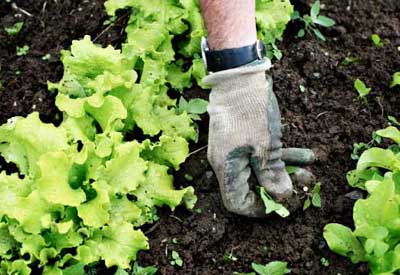Water Cycle Experiment
Aim: To learn about water on Earth
Material:
- 1x Zip lock bag
- 1x Vivid pen
- 2x strips of Double sided tape
- ½ a cup of water
- 2x drops of blue food colouring
- 1x Scissors
- 1x teaspoon of baking powder
- 1x Litmus paper
- 1x Soda water
Steps:
Experiment 1:
Step 1:
Grab your Zip lock bag.
Step 2:
Grab a vivid pen.
Step 3:
Draw the water cycle on the zip lock bag with the vivid.
Step 4:
Get the 2x of the strip double tape.
Step 5:
Stick the tape on the top below the zip and at the bottom of the bag.
Step 6:
Carefully add ½ a cup of warm water
and 2x drops of blue food colouring into the bag.
and 2x drops of blue food colouring into the bag.
Step 7:
Close the zip lock bag and give it to the teacher to stick on the glass
window where there is sun shining on.
Experiment 2:
window where there is sun shining on.
Experiment 2:
Step 1:
Grab your zip lock bag
Step 2:
Grab a vivid pen
Step 3:
Draw the water cycle on the zip lock bag with the vivid.
Step 4:
Get the 2x of the strip double tape.
Step 5:
Stick the tape on the top below the zip and at the bottom of the bag.
Step 6:
Carefully add ½ a cup of warm water and soda water into the bag.
Step 7: Add 2x drops of blue food colouring into the bag.
Step 8:
Add 1 teaspoon of baking powder into the bag
Step 9:
Close the zip lock bag with the litmus paper at the tip of the zip
and give it to the teacher to stick on the glass window where there is sun shining on.
and give it to the teacher to stick on the glass window where there is sun shining on.
Two Images:
Findings:
The Water Cycle: Bag 1
|
CO2 Water Cycle: Bag 2
Acid
|
Desert Water Cycle
Bag 3
| |
Does it cycle?
| 2 | 1 | |
Amount of Water
| 2 | 1 | |
Acidity
| 1 | 1 |
For bag 1 it did a small amount of the water cycle and it also had a small amount of water.
For bag 2 the water cycle was no change at all and the water didn't change.
Key: Water and acidity amount: 1 = none
2 = small
3 = large
Conclusion:
The normal water cycle did have a little movement through the cycle and the water stayed the same.
The water cycle with acid didn't do anything to the litmus paper and the water stayed the same as well.






